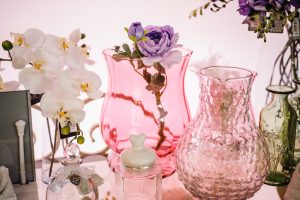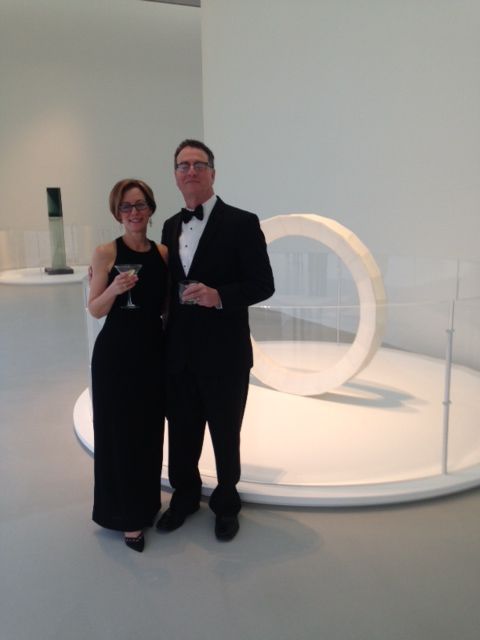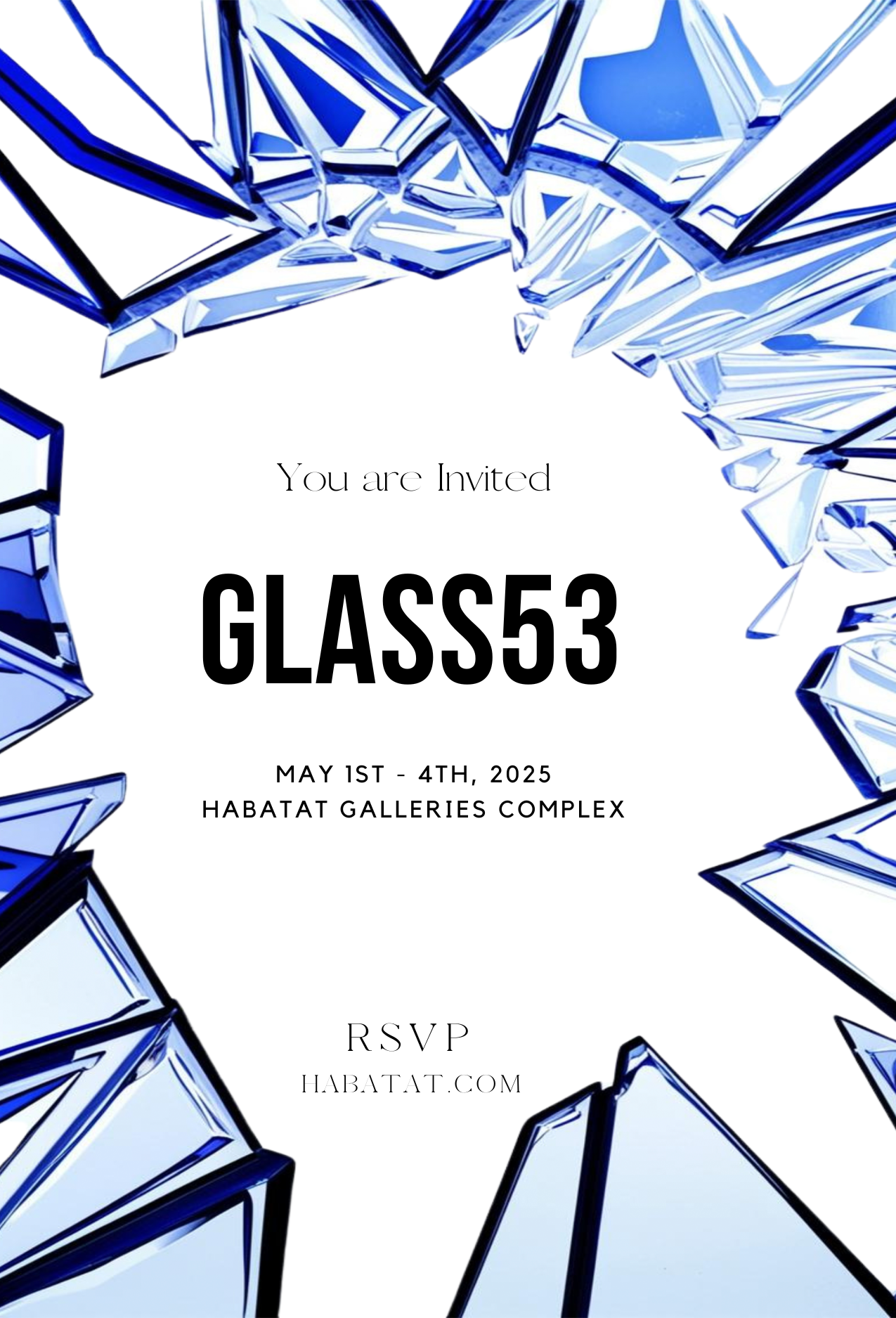The Beauty of Functional Glass Art
June 29, 2016
 One aspect that truly separates glass art from other forms of contemporary expression is its easy ability to slip function into form. Unlike traditional paintings or sculpture, functional glass art can be just as beautiful as it is useful around the house. Below are some of our favorite examples of functional pieces from classic and contemporary glass artists alike.
One aspect that truly separates glass art from other forms of contemporary expression is its easy ability to slip function into form. Unlike traditional paintings or sculpture, functional glass art can be just as beautiful as it is useful around the house. Below are some of our favorite examples of functional pieces from classic and contemporary glass artists alike.
- Bowls
The bowl is as simple and elegant a form as it is functional. We may use bowls every day to eat or hold things, but rarely do we pause to reflect on what a perfect and useful shape it truly is. They’re also a fantastic vehicle for glass artists to show off their color and design skills. Bowls from artist Ann Wolff, an early founder of the international Studio Glass movement who first gained attention in the latter 1960s, often features her signature themes of contrasting inner and outer space. Some bowls, however, might just be too beautiful to eat your breakfast cereal out of. - Vases
The vase is an obvious choice for the lover of functional glass art, as well as the glass-blowing artists themselves. Vases can be created through either free-blown or mold-blown techniques, which are the two principal methods of glass-blowing. Large or small, ornate or minimalist, glass vases are the perfect way to incorporate fine art into your home and enliven a room. - Lamps
Albert Paley is a glass and metal sculptor who has been working out of his Rochester, NY studio for more than 40 years. He was the first non-architect to receive the American Institute of Architect’s highest and most coveted award, the Institute Honors. One look at his steel and glass lamps and you’ll likely understand why. Many people focus on providing the best lighting for a work of art, while with Paley, the lighting is the art. - Instruments
Italian artist Davide Salvadore was born into a family of glassworkers, but his handmade glass instruments are a form all their own. His “spingarpas” are unique stringed instruments made with a body of glass that incorporates African and old European influences. “I encourage my audience to have a real encounter with each piece,” he says. “I want them to touch it, to caress it, and to understand the shapes and movements. Simply, I want the enthusiast to experience what I feel for my art passion and love.”
When you’re looking for both form and utility, look no further than functional glass art. The modern art world is constantly blooming with new and creative ways to fuse the “art” world with the “real” world in which we live.


